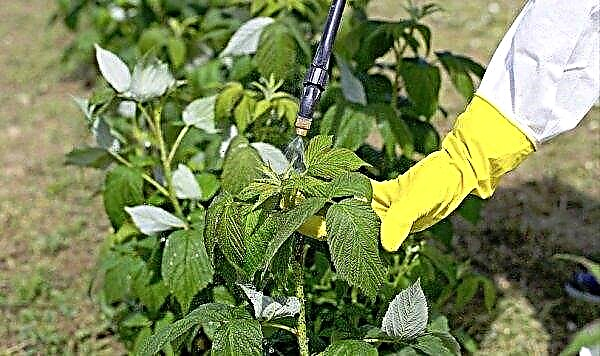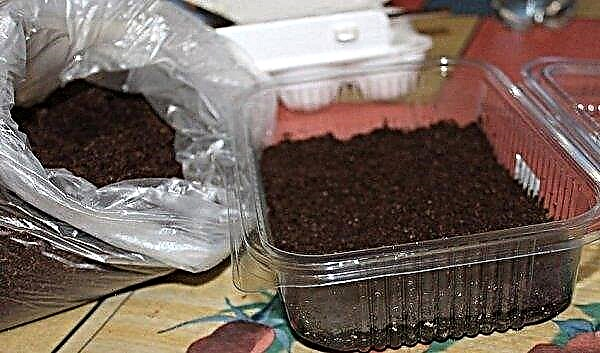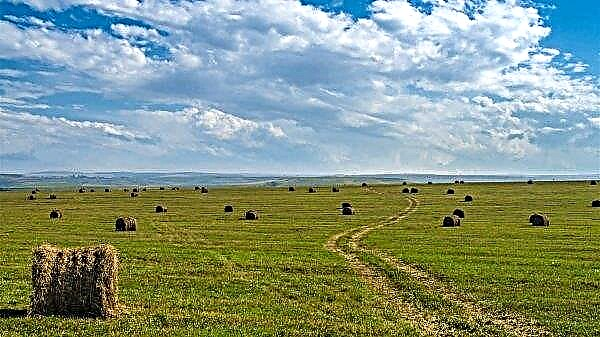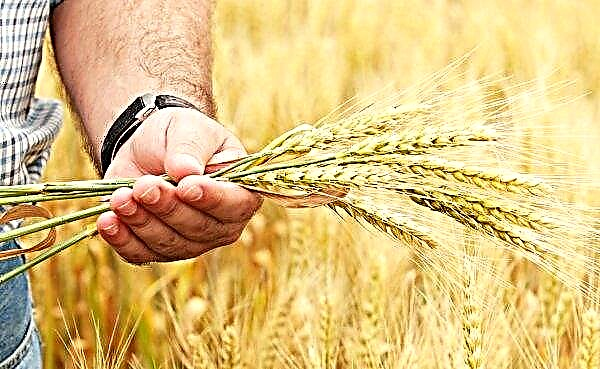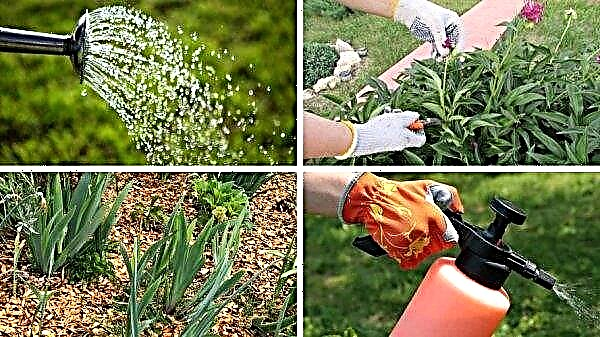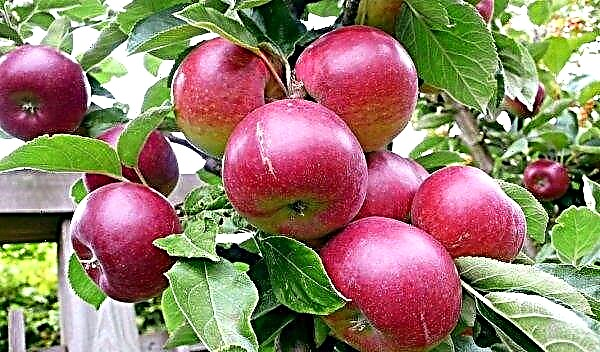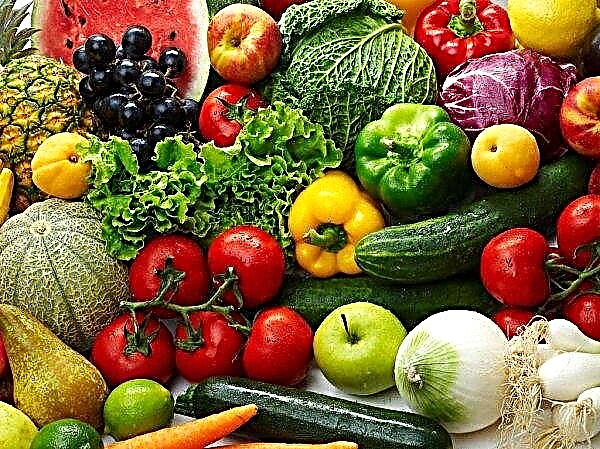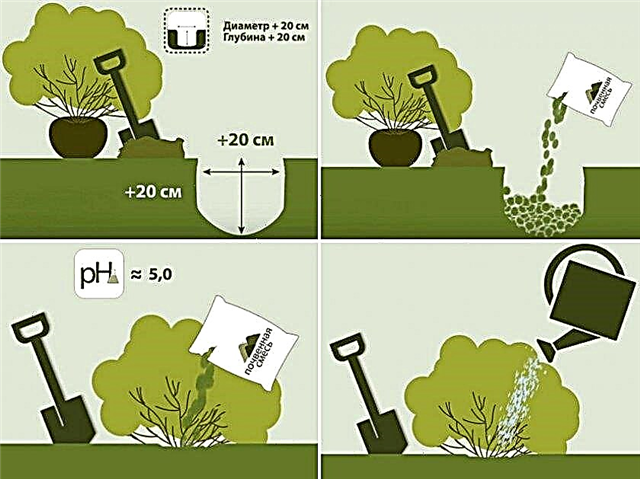When pickling cabbage, housewives may encounter the fact that the vegetable does not secrete juice. From the article you will learn about what can lead to such a nuisance, what to do if it happened, and also get acquainted with tips that will allow the fermentation process to be carried out without errors.
Important! To facilitate the allocation of cabbage juice, before laying in a jar, it is recommended to wash the vegetable with your hands.
The main reasons that sauerkraut has little brine
The most common reasons why cabbage is dry are the wrong kind of vegetable, as well as violations of the technique of pickling. We will tell you more about them.
Choosing the wrong sort of cabbage
When choosing a vegetable for pickling, you need to pay attention to its variety. For this purpose, it is necessary to take only varieties of white cabbage of medium late and late ripening. The need to use only these varieties is due to the fact that the vegetable is fermented during the formation of lactic acid in it.
Important! Ready sauerkraut should not be frozen, otherwise it will lose a large number of its beneficial properties. The optimum storage temperature is 0 .. + 2 ° C.
And for the appearance of lactic acid, natural sugar is needed in sufficient quantities, and it appears in the vegetable in late autumn. A vegetable that ripens early is not suitable for pickling, because it contains little sugar, which will negatively affect the fermentation processes.
Fermentation violations
There can be little juice in the workpiece if you put a little salt in it during cooking. Salt contributes to the release of fluid, its optimal amount can be considered 25 g per 1 kg of product. Whether everything is in order with the product can be determined in a day. This is enough for the juice to appear on the surface of the workpiece, and all of it must be immersed in the juice.
How to increase the amount of brine in sauerkraut
If the workpiece does not produce juice, you need to know what needs to be done to correct the situation. The best solution in this case is to add the finished brine to the product.
Did you know? Sauerkraut was used by medieval sailors to protect themselves from scurvy and vitamin deficiency.
You will learn how to make a suitable pickle from this step-by-step instruction:
- It is necessary to take 1 liter of water and bring it to a boil.
- Remove water from the heat and add 1 teaspoon of salt to it.
- When the water becomes warm, put there 1 tablespoon of sugar.
- When the brine cools to room temperature, it can be poured into the product.

Extra Tips for Sauerkraut
To make the product tasty and juicy, you need to pay attention to some nuances in the preparation:
- moon calendar. When pickling, it is recommended to pay attention to the lunar phases. It is best to prepare for the new moon;
- lack of vinegar. It is best that the vegetable is fermented in a natural way. When vinegar is added, the beneficial properties of the vegetable are largely lost. An exception can be made only if the vinegar is homemade;
- oppression. When fermenting in a barrel, cargo is required, and when harvesting in a three-liter jar, you need a simple plastic bag. Half of the bag must be filled with water, bleed air and tie a knot at the very end of the bag. After which the package is gently pushed into the neck of the jar, where it presses the cabbage;
- suitable additives. You can add carrots, apples, lingonberries or cranberries to the blank. For lovers of spicy product, ginger and garlic are suitable. Onion is not recommended as an additive, in this case the pickled vegetable will not be able to be stored for a long time;
- adding spices. It can diversify the taste of its blanks by adding caraway seeds, coriander or anise to the jar;
- fermentation. After salting and putting oppression in a jar for 2-3 days, it is necessary to provide a temperature for jars in the room of +18 .. + 20 ° С. After this period, the banks should be moved to where the temperature will be 0 ° C. The foam that will appear regularly in the bank should be removed regularly. The pickling procedure can be considered complete if foam does not form on the surface and the brine becomes transparent.
In the absence of juice in the cabbage during pickling, it is important to understand why this is happening and how best to solve this complexity. Guided by the tips, you can successfully cook it and avoid the absence of juice in the vegetable.

